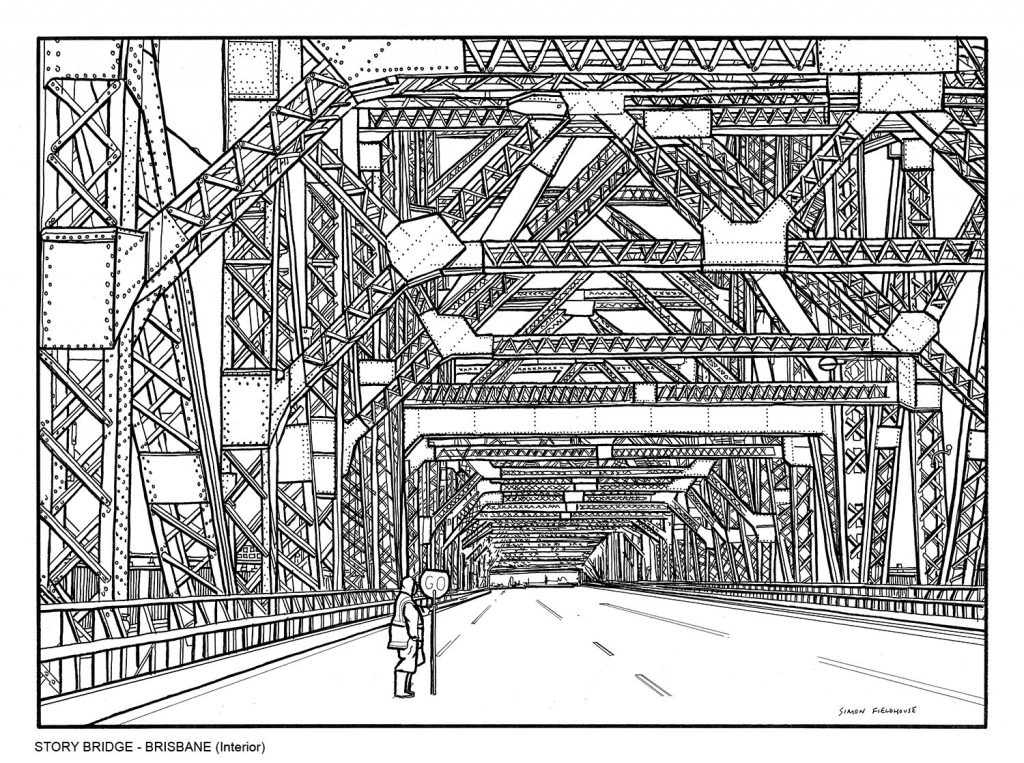
The Story Bridge in Brisbane - Consruction Materials and Timeline
The Story Bridge in Brisbane, Australia, is an iconic engineering marvel that connects the northern and southern suburbs of the city. Constructed during the Great Depression, the bridge stands as a testament to the resilience and ingenuity of the people involved in its construction. This essay explores the materials used in building the Story Bridge and provides a timeline of its construction.
Construction Materials: The Story Bridge was primarily constructed using steel and concrete. The bridge's superstructure consists of massive steel trusses, which give it its distinctive appearance. The steel used was a combination of locally sourced materials and imported steel, as the bridge required an enormous amount of this precious resource.
- Steel: The steel for the Story Bridge was sourced from local steelworks and other parts of Australia. The steel trusses were fabricated with great precision and then transported to the construction site for assembly. The steel trusses form the main load-bearing structure of the bridge.
- Concrete: In addition to steel, concrete played a crucial role in the construction of the Story Bridge. It was used for the foundations and the bridge's approach spans. The concrete was reinforced with steel bars to enhance its strength and durability. The use of concrete was particularly important for creating the foundations, which needed to withstand the immense weight and forces exerted on the bridge.
Timeline of Construction:
- 1935: Planning for the Story Bridge began in the early 1930s, and construction officially commenced on May 24, 1935. The Great Depression had hit Australia, and the bridge project provided employment for many workers during a challenging economic period.
- 1936: The foundation work was underway, with the construction of cofferdams to enable the foundations to be built underwater. The concrete piers were constructed in the Brisbane River, requiring extensive engineering to ensure they were secure.
- 1937: The construction of the steel trusses, which would form the bridge's main superstructure, commenced. These trusses were built on-site and required meticulous precision.
- 1938: The assembly of the steel trusses began, and the bridge started to take its iconic shape. By December 1938, the bridge's main arch was completed.
- 1939: The bridge was officially opened to traffic on July 6, 1940, although construction was not entirely finished. During World War II, the bridge was camouflaged to protect it from enemy aircraft.
- 1940s-1950s: Following the war, the finishing touches were put on the Story Bridge, including the installation of lighting and road improvements.
Today, the Story Bridge continues to be a vital transportation route in Brisbane, facilitating the movement of people and goods between the city's northern and southern suburbs. Its construction, in the face of economic adversity and war, remains a symbol of human determination and innovation. The materials used, particularly the steel and concrete, were chosen for their strength and durability, ensuring the bridge's longevity and iconic status.